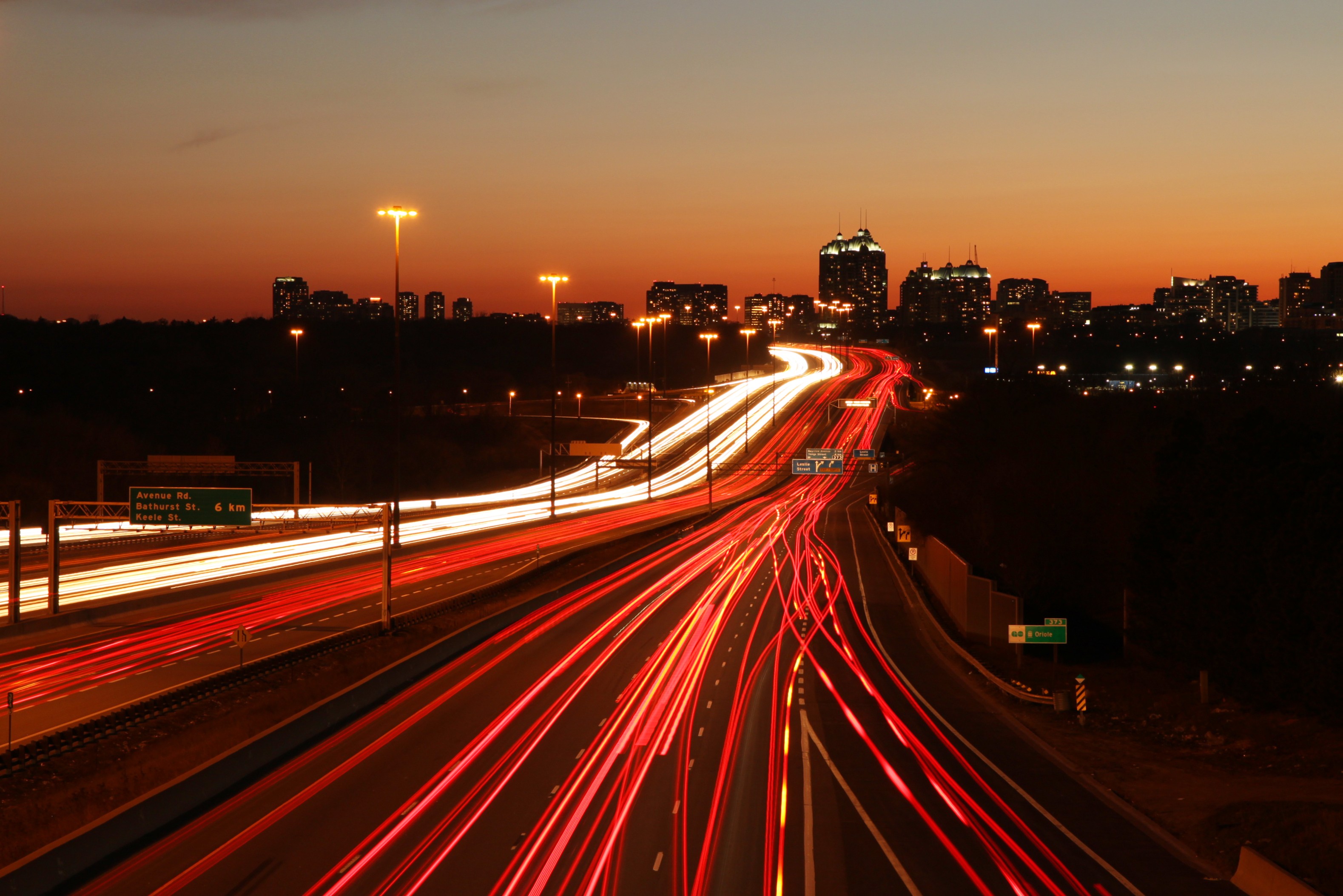Function:
Provides oxygen for the body and eliminates carbon dioxide. Contracts to pull air in. Relaxes to push air out. It brings oxygen to the heart, then it takes the oxygen to put it in blood cells which go to all parts of your body. Then Co2 is brought back to the heart also known as carbon dioxide which is then exhaled by you out into the air outside.
Organs:
Organs include Tracheas and lungs (Bronchioles and Alveoli)
Interactions with other systems:
The respiratory system works with the circulatory system to deliver oxygen to the heart which then uses it to put it into blood cells to transfer to all parts of the body. It would also work with the nervous system because the oxygen you breath in would contain the smells as well so the nervous system can grab that then transfer it to your brain so you can sense the smell.
Analogy:
The respiratory system is like a highway because it leads oxygen down into the heart, and the Bronchioles would be like exits to other roads like a freeway where you can exit at any given exit to head to like the store or work.
Structure and Function:
The respiratory system works with the circulatory system to deliver oxygen to the heart which then uses it to put it into blood cells to transfer to all parts of the body. It would also work with the nervous system because the oxygen you breath in would contain the smells as well so the nervous system can grab that then transfer it to your brain so you can sense the smell.
Analogy:
The respiratory system is like a highway because it leads oxygen down into the heart, and the Bronchioles would be like exits to other roads like a freeway where you can exit at any given exit to head to like the store or work.
Structure and Function:
Without your lungs you wouldn't to be able to breath. Your lungs are like a hand-held blood pressure cuff. Like to the left. When you squeeze it air goes into the cuff which then you release which then the air goes out. The lungs work like this because it goes smaller when releasing stale air with Co2, a waste product and grows bigger when taking in fresh air with O2 which then gives it to the heart to deliver all over the body. But that is how you need your lungs to breathe, they grow bigger to take in air and grow smaller when releasing stale air mingled with Co2.
Wacky Links
Kids 4 Biology
Wacky Links
Kids 4 Biology

No comments:
Post a Comment